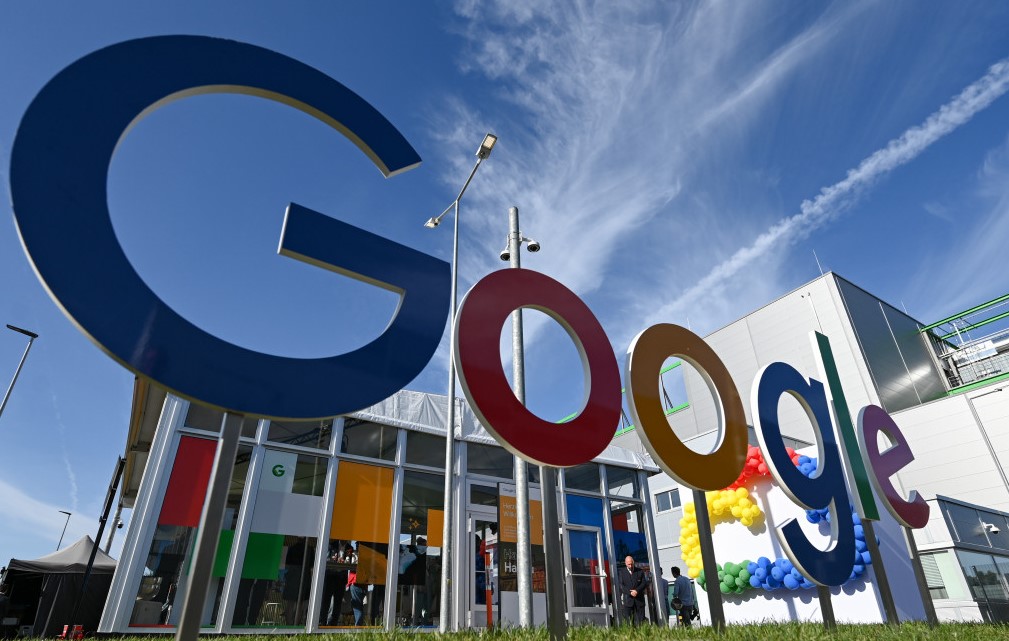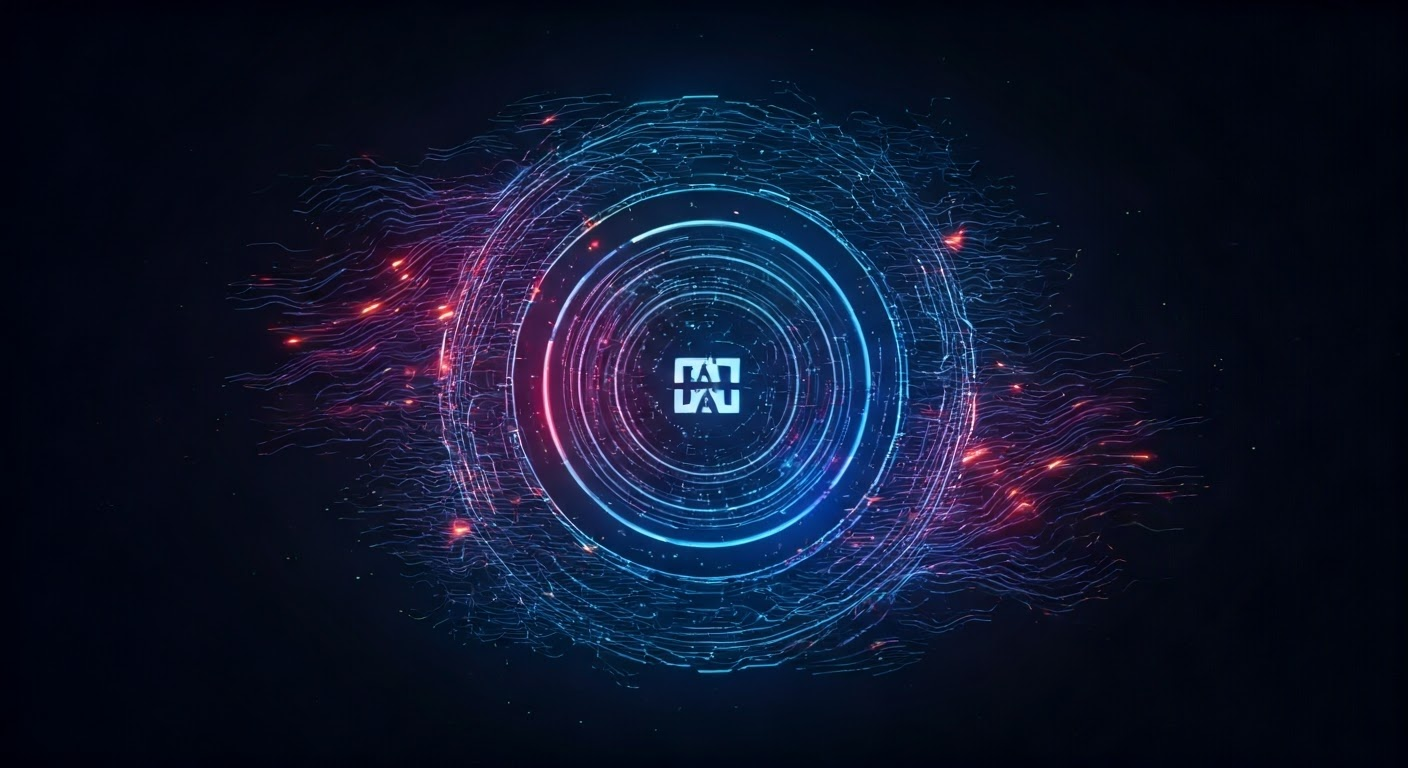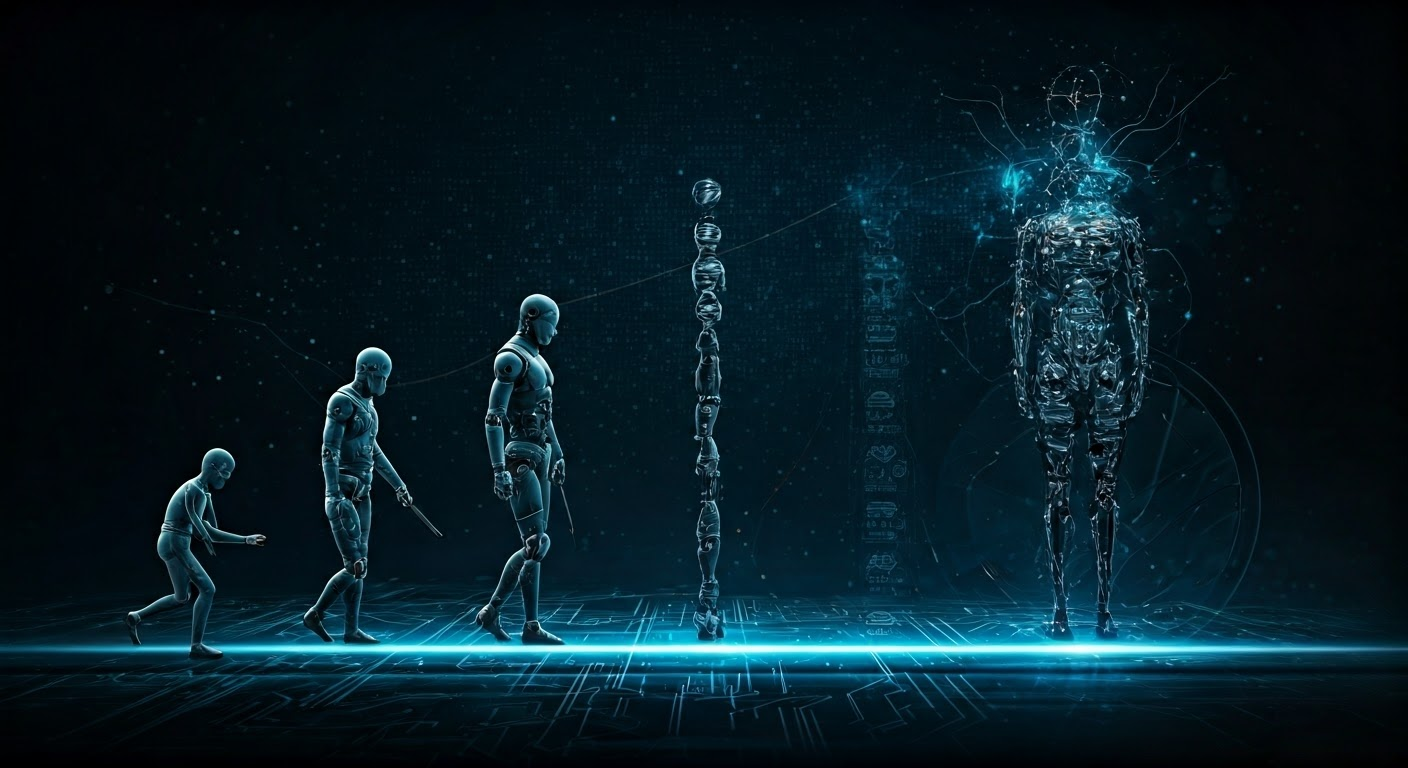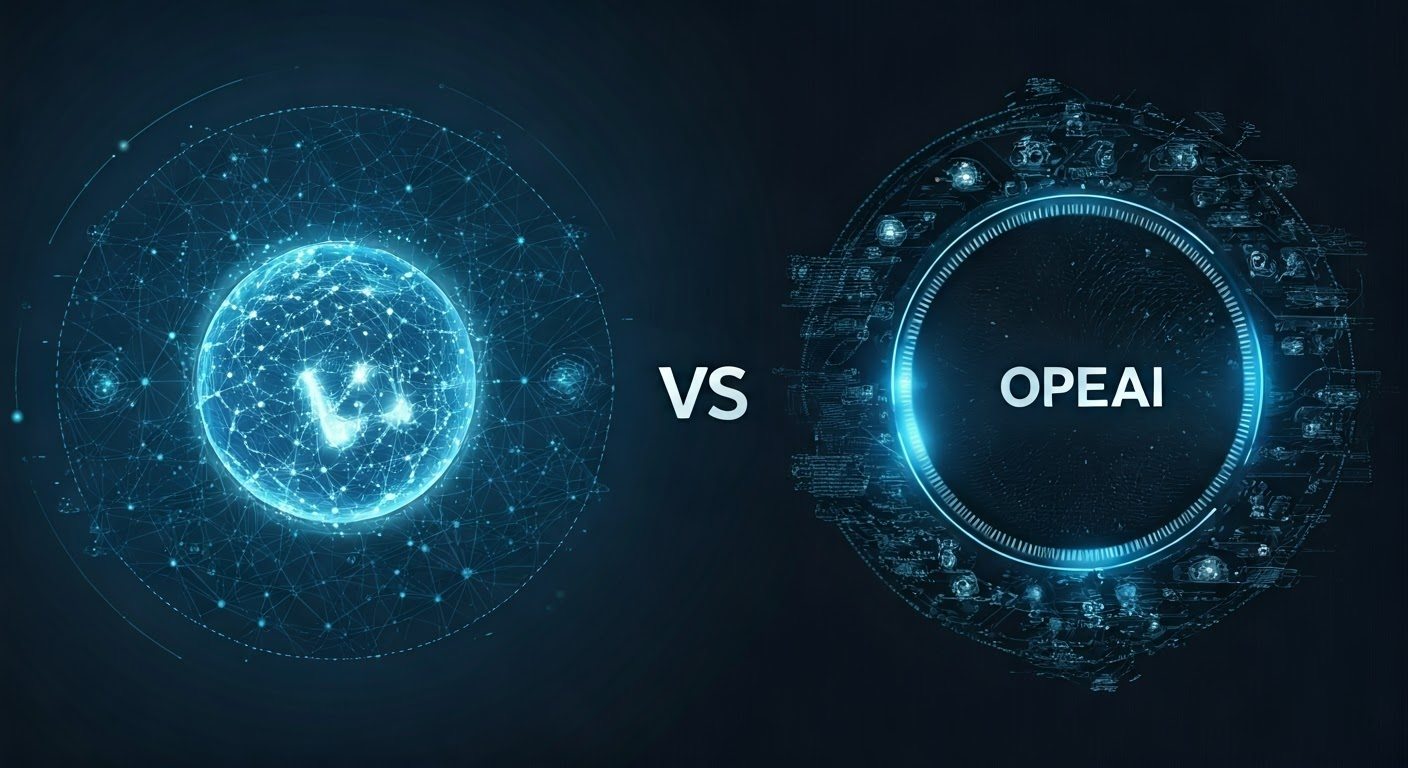
Google AI Meets OpenAI: A Gamechanger

Key Highlights
- The AI landscape is witnessing a thrilling race between Google AI and OpenAI, marked by rapid-fire releases and escalating rivalry.
- Both companies have introduced groundbreaking AI assistants capable of engaging in engaging real-time conversation, image interpretation, and complex problem-solving.
- OpenAI's GPT-4o and Google's Gemini Live app embody the cutting edge of conversational AI, promising a future where AI seamlessly integrates into our daily lives.
- As these AI giants continue to innovate, the industry grapples with the implications and potential challenges posed by this accelerated pace of development.
- The competition between Google and OpenAI is fueling unprecedented advancements in AI, leaving experts and enthusiasts eagerly anticipating what’s next.
Introduction
The world of artificial intelligence (AI) is abuzz with excitement as Google AI and OpenAI lock horns in a race to shape the future of this transformative technology. Fueled by breakthroughs in machine learning and neural networks, both companies are pushing the boundaries of what AI can achieve, captivating the imaginations of researchers, developers, and the public alike. This clash of titans promises to redefine how we interact with machines and unlock possibilities previously confined to science fiction.
The Evolution of AI Giants

The evolution of AI has been marked by pivotal moments and key players. Google, a pioneer in data and algorithms, recognized the potential of AI early on, investing heavily in research and development. This led to innovations like Google Brain and Google DeepMind, laying the foundation for its current dominance.
Meanwhile, OpenAI emerged with a mission to ensure that artificial general intelligence benefits all of humanity. Its focus on developing powerful language models like GPT-3, DALL-E, and its recent work with Meta's Llama, alongside partnerships with companies like Nvidia, has positioned it as a disruptive force in the AI landscape.
Google's Pioneering Journey in AI Development
Google's foray into AI began with the establishment of Google Brain, a deep learning research team that has made significant contributions to fields like image recognition and natural language processing. Google's acquisition of DeepMind further bolstered its AI capabilities, with DeepMind's AlphaGo famously defeating a world champion Go player.
Building on these foundations, Google has emerged as a leader in generative AI, developing models that can create new content, from text to images and even music. Google's AI-powered tools are now seamlessly integrated into its products, from search and translation to voice assistants and autonomous driving.
Google's vast data reserves and computational power give it a significant edge in training and refining its AI models, ensuring its continued influence on the future of AI.
OpenAI's Revolutionary Projects: From GPT to DALL-E
OpenAI burst onto the AI scene with its groundbreaking language model, GPT (Generative Pre-trained Transformer), captivating the world with its ability to generate human-quality text and assist with math problems. The release of ChatGPT, a conversational AI chatbot powered by GPT, along with advancements like the Gemini models, further cemented OpenAI's reputation as an innovator willing to push the boundaries of what's possible.
OpenAI's generative models extend beyond language. DALL-E, its text-to-image generation model, showcased the potential of AI to create stunning visuals from simple text prompts, sparking both excitement and debate about the future of creativity.
OpenAI's open-source approach and focus on developing general-purpose AI have fostered a vibrant community of researchers and developers since April, accelerating the pace of innovation and making AI more accessible to a wider audience in December.
Collaborations and Conflicts
While Google AI and OpenAI are fierce competitors, their history is also marked by instances of collaboration and knowledge sharing. These interactions have contributed to the advancement of the field as a whole, demonstrating the complex relationship between cooperation and rivalry in the world of AI.
However, as the stakes get higher and the competition intensifies, striking a balance between collaboration and protecting one's competitive edge becomes increasingly challenging. The dynamics of this relationship will undoubtedly shape the future of AI development.
Past Partnerships Between Google AI and OpenAI
Despite their current rivalry, Google and OpenAI have a history of collaboration, including potential alliances with China. OpenAI CEO Sam Altman, along with Elon Musk, has acknowledged Google's contributions to the field and the value of working together on certain projects.
In the past, researchers from both organizations have co-authored research papers and collaborated on open-source projects, contributing to the overall advancement of AI. For instance, Google's TensorFlow, an open-source machine learning platform, has been instrumental in the development of OpenAI's models.
However, as OpenAI transitioned from a non-profit to a capped-profit organization and formed closer ties with Microsoft, the dynamics shifted. The competition for talent, resources, and dominance in the AI market has pushed the two giants towards a more competitive stance.
Competitive Edges and Market Dynamics
Google's vast infrastructure, encompassing data centers, hardware, and a massive user base, gives it a significant competitive edge. Its deep pockets allow for substantial investments in research and development, attracting top talent and driving innovation.
However, OpenAI has strategically positioned itself by focusing on specific areas like generative models and conversational AI. Its partnerships, particularly with Microsoft and other entities on Wall Street, provide it with resources and distribution channels that rival Google's reach, as noted by Reuters.
The AI market is still evolving, and its future remains uncertain. The ability to adapt, innovate, and forge strategic partnerships will be crucial for both Google and OpenAI as they navigate the complexities of this rapidly changing landscape, representing potential multi-billion dollar market value opportunities for investors.
Cutting-Edge Technologies: A Comparative Analysis

Both Google AI and OpenAI are at the forefront of groundbreaking AI research and development. Their cutting-edge technologies are continuously pushing the boundaries of what's possible, from revolutionizing how we interact with machines to solving complex problems across various industries.
A comparative analysis reveals the strengths and focuses of each giant, offering insights into the future trajectory of AI development and its potential impact on our world.
Google AI Innovations: Beyond Search Engines
While Google is renowned for its search engine, its AI innovations extend far beyond. Google's AI models power an array of applications, from accurate real-time translation to personalized recommendations. Google Assistant, its voice-activated AI assistant, leverages advanced speech recognition, AI overviews, and natural language understanding to streamline daily tasks and provide users with a seamless experience.
Moreover, Google's AI is being utilized to address pressing global challenges, such as healthcare diagnostics, climate change modeling, and disaster response. Its focus on developing versatile AI models with practical applications across diverse industries solidifies its position as a leader in the field.
Google's commitment to research and collaboration, coupled with its vast resources, ensures that it remains at the forefront of AI innovation, shaping the future of how we live, work, and interact with the world’s information and the world around us.
OpenAI's Contributions to AI Advancements
OpenAI has made significant contributions to AI, particularly in the realm of generative models and conversational AI. Its models have found applications in various domains, from creative writing and code generation to chatbots and virtual assistants. OpenAI's API allows developers to integrate its powerful AI capabilities into their own applications, democratizing access to cutting-edge tech and fostering innovation.
Feature
OpenAI Model
Description
Language Generation
GPT-3
Generates human-like text, suitable for writing, translation, and dialogue systems.
Image Generation
DALL-E 2
Creates original images from text descriptions, enabling new possibilities in art and design.
Code Generation
Codex
Translates natural language into code, assisting developers in building software applications.
OpenAI's commitment to developing safe and beneficial artificial general intelligence is evident in its research initiatives and partnerships. The organization's efforts to address the ethical considerations surrounding AI development set a precedent for responsible innovation in this rapidly evolving field.
KeywordSearch: SuperCharge Your Ad Audiences with AI
KeywordSearch has an AI Audience builder that helps you create the best ad audiences for YouTube & Google ads in seconds. In a just a few clicks, our AI algorithm analyzes your business, audience data, uncovers hidden patterns, and identifies the most relevant and high-performing audiences for your Google & YouTube Ad campaigns.
You can also use KeywordSearch to Discover the Best Keywords to rank your YouTube Videos, Websites with SEO & Even Discover Keywords for Google & YouTube Ads.
If you’re looking to SuperCharge Your Ad Audiences with AI - Sign up for KeywordSearch.com for a 5 Day Free Trial Today!
Conclusion
In the ever-evolving realm of AI, the collaboration between Google AI and OpenAI marks a significant milestone. As these tech giants join forces, the potential for groundbreaking innovations in artificial intelligence skyrockets. The fusion of Google's pioneering advancements with OpenAI's revolutionary projects promises to shape the future of AI technology. This alliance not only propels technological progress but also sets a benchmark for collaborative excellence in the industry. Stay tuned for the transformative projects that will emerge from this partnership, shaping the global AI landscape in unprecedented ways.
Frequently Asked Questions
What Makes the Collaboration Between Google AI and OpenAI a Gamechanger?
This collaboration between AI giants is a gamechanger as it combines the unique strengths and resources of both organizations. Such a strategic partnership has the potential to accelerate innovation and unlock breakthroughs previously unattainable, pushing the boundaries of AI development.
How Will This Impact the Future of AI Technology?
The impact of this collaboration on AI technology will be significant, leading to advancements on a global scale. The combined expertise and resources will likely result in groundbreaking innovations, affecting various sectors and aspects of our lives.
Can We Expect Any Major Projects from This Collaboration Soon?
While specific upcoming initiatives remain under wraps, major projects stemming from this collaboration are anticipated. The collaboration goals likely involve tackling ambitious AI development challenges, with the hope of achieving breakthroughs with far-reaching implications.
What Are the Potential Challenges Facing This Partnership?
This powerful partnership, while promising, will undoubtedly encounter challenges. Potential hurdles include navigating potential conflicts of interest, aligning strategic visions, and finding common ground on complex ethical and societal issues related to AI development.
How Does This Alliance Influence the Global AI Landscape?
This strategic alliance significantly influences the global AI landscape by reshaping market dynamics and accelerating the pace of technological advancement. Its ripple effects will be felt across industries and nations as the balance of power in AI development potentially shifts.
